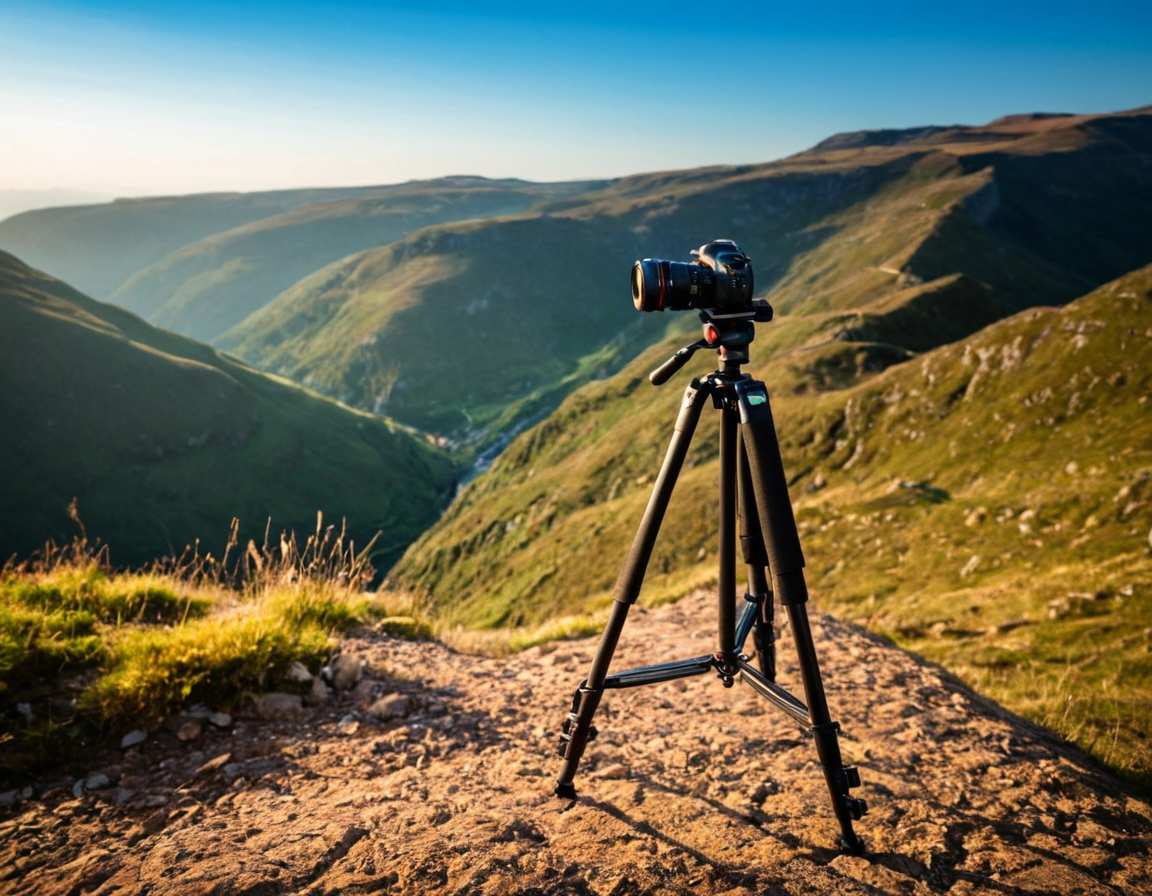Reduce Camera Shake, Enhance Images | Stabilize Your Phot...

Understanding Camera Shake and How to Reduce It with Stabilization
Camera shake, also known as camera roll or image instability, is a common issue that can ruin even the best photographs. It occurs when the camera’s sensor moves excessively during capture, resulting in blurry or distorted images. In this article, we will delve into the world of camera stabilization and explore ways to reduce camera shake.
What Causes Camera Shake?
Before we dive into the solutions, it’s essential to understand what causes camera shake in the first place. There are several factors that can contribute to camera shake, including:
- Hand movement or camera handling issues
- Insufficient lighting or poor environmental conditions
- Camera hardware limitations (e.g., low-quality lens or sensor)
- Panning or moving subjects
The Importance of Stabilization
Stabilization is a technique used to reduce camera shake and produce sharper images. It involves using external devices or features that counteract the movement of the camera, resulting in a more stable shooting experience.
Types of Stabilization
There are two primary types of stabilization:
- Optical image stabilization (OIS): This type of stabilization is built into the camera’s lens and reduces shake by moving the lens elements.
- Electronic image stabilization (EIS): This type of stabilization uses electronic means to reduce shake, such as gyroscopes or accelerometers.
Camera Features for Reduced Shake
Not all cameras are created equal when it comes to reducing shake. Some features to look out for include:
- Image Stabilization (IS): Look for this feature in lenses or cameras that offer OIS.
- Electronic Image Stabilization (EIS): Check if the camera has EIS, which can be found in some smartphone models or dedicated cameras.
- Gimbal Stabilization: Some drones or gimbals offer advanced stabilization features.
Practical Examples
Here are a few practical examples of how to reduce camera shake:
- Use a tripod or monopod: These devices provide a stable platform for your camera, reducing the need for manual movement.
- Use a remote shutter release: This allows you to take photos without physically touching the camera, reducing camera shake.
- Use a camera with image stabilization: If possible, use a camera that has OIS or EIS to reduce shake.
Conclusion
Camera shake is a common issue that can ruin even the best photographs. By understanding the causes of camera shake and exploring ways to reduce it, you can produce sharper images and improve your overall photography skills.
Next Steps:
- Research camera features for reduced shake
- Practice using tripod or monopod
- Consider investing in a camera with image stabilization
About Teresa Ramirez
Teresa Ramirez | Curator & Editor for voyeurpicture.com, where anonymous confessions meet seductive narratives. With a background in photography and a passion for exploring the intersection of desire and art, I bring a unique perspective to the platform's stories and images.
